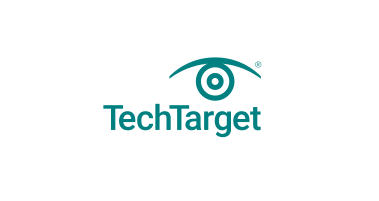# BIOS

## Metadata
- Author: [[Ben Lutkevich]]
- Full Title: BIOS
- Category: #articles
- Summary: BIOS (basic input/output system) is a program that starts a computer system after it is powered on and manages data flow between the operating system and attached devices. It was first coined in 1975 and gained popularity in IBM's first personal computer. However, BIOS has been replaced by Unified Extensible Firmware Interface (UEFI). BIOS has four main functions: power-on self-test, bootstrap loader, software/drivers, and CMOS setup. Users can access and configure BIOS through BIOS Setup Utility. BIOS security is important to prevent cybersecurity threats. Many manufacturers produce motherboards with BIOS chips, and updating BIOS and chipset drivers is important for computer performance and security.
- URL: https://www.techtarget.com/whatis/definition/BIOS-basic-input-output-system
## Highlights
- BIOS (basic input/output system) is the program a computer's microprocessor uses to start the [computer system](https://www.techtarget.com/searchwindowsserver/definition/system) after it is powered on. It also manages data flow between the computer's operating system (OS) and attached devices, such as the hard disk, video adapter, keyboard, mouse and printer. ([View Highlight](https://read.readwise.io/read/01jwm5vvtg9vecs2bhcq6v5bpm))
- BIOS comes included with computers, as [firmware](https://www.techtarget.com/whatis/definition/firmware) on a chip on the [motherboard](https://www.techtarget.com/whatis/definition/motherboard). ([View Highlight](https://read.readwise.io/read/01jwm5x52y3sbx26vnn2197vqk))
- When BIOS boots up a computer, it first determines whether all of the necessary attachments are in place and operational. Any piece of hardware containing files the computer needs to start is called a *boot device*. After testing and ensuring boot devices are functioning, BIOS loads the OS -- or key parts of it -- into the computer's random access memory ([RAM](https://www.techtarget.com/searchstorage/definition/RAM-random-access-memory)) from a hard disk or diskette drive (the boot device). ([View Highlight](https://read.readwise.io/read/01jwm5y4e684y5t53ya8x0bhd6))
- BIOS identifies, configures, tests and connects computer hardware to the OS immediately after a computer is turned on. The combination of these steps is called the *boot process*. ([View Highlight](https://read.readwise.io/read/01jwm5y9cxhst7dtqfzp71s9np))